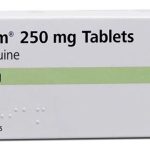
The detailed description of Lariam: medical conditions treated by the medicine, mefloquine side effects, mefloquine toxicity, dosages, application ways.
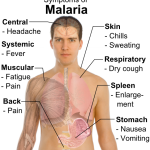
Most infectious agents fulfill the definition of a parasite: an organism that grows, feeds, and shelters on or in a different organism and contributes nothing to the host. However, medical science has created the classification “parasite” to include a complex group of nonfungal eukaryotic human pathogens. Unlike fungi, parasites have no cell wall and are often motile.

Infections are often asymptomatic. In the immuno-compromised host, Strongyloides can progress to a fatal hyperinfection syndrome. Helminths include the roundworms (nematodes), flukes (trematodes), and tapeworms (cestodes). These parasites are large, ranging in size from 1 cm to 10 m, and they often live in the human gastrointestinal tract without causing symptoms.

Microfilaria is less common than many parasites, being estimated to infect approximately 120 million people. Several strains of worm can cause this disease. Wuchereria bancrofii is found throughout the tropics, and Brugia malayi is restricted to the southern regions of Asia. A third strain, Brugia timori is found only in Indonesia.
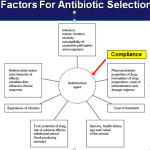
A generally accepted systematic approach to the selection and evaluation of an antimicrobial regimen is shown in Table Systematic Approach for Selection of Antimicrobials. An «empiric» antimicrobial regimen is begun before the offending organism is identified, while a «definitive» regimen is instituted when the causative organism is known. The use of combinations to prevent the emergence of resistance is widely applied but not often realized. The only circumstance where this has been clearly effective is in the treatment of tuberculosis.
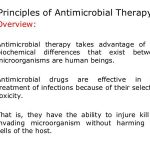
A wide variety of antimicrobial agents is available to treat established infections caused by bacteria, fungi, viruses, or parasites. This section will cover the general principles of antimicrobial therapy and will also include illustrative clinical problems to emphasize proper decision-making in using antimicrobials.
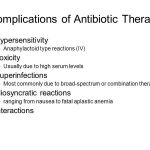
The mechanisms associated with common adverse reactions to antimicrobials include dose-related toxicity that occurs in a certain fraction of patients when a critical plasma concentration or total dose is exceeded, and toxicity that is unpredictable and mediated through allergic or idiosyncratic mechanisms. For example, certain classes of drugs such as the aminoglycosides are associated with dose-related toxicity.